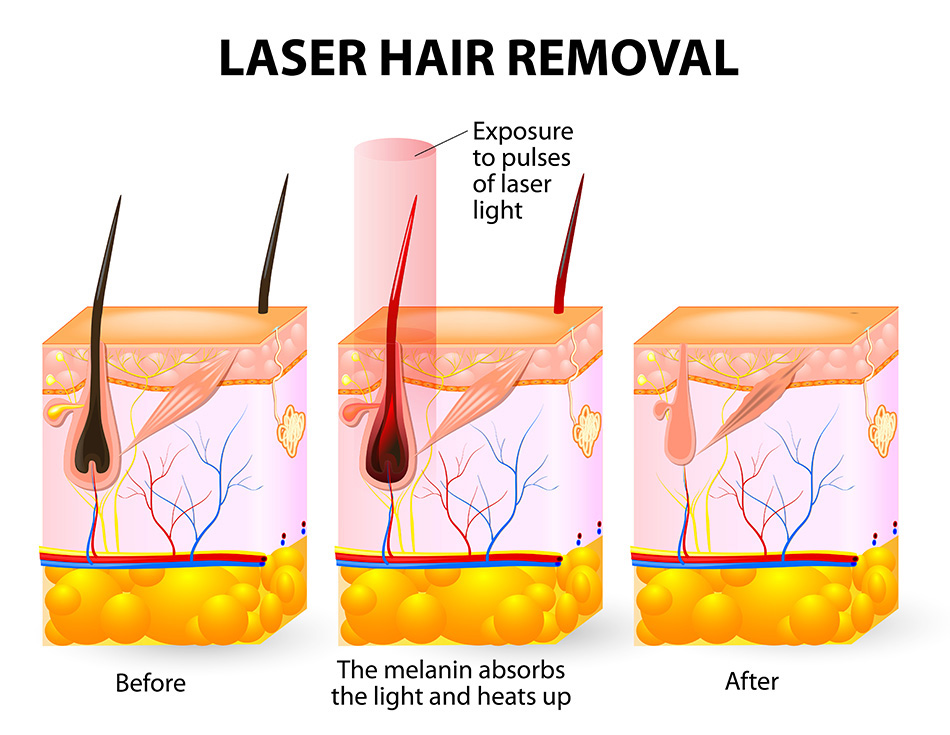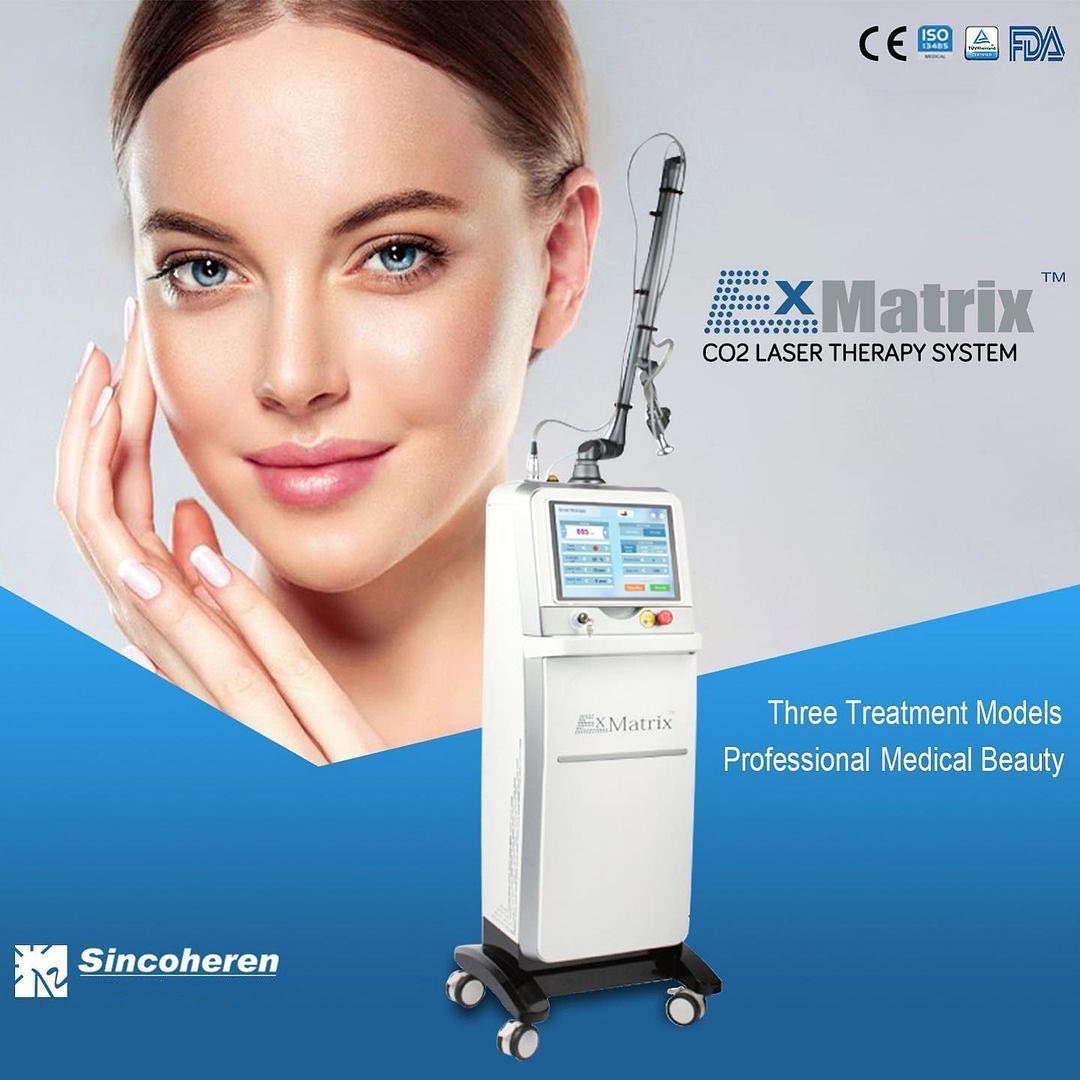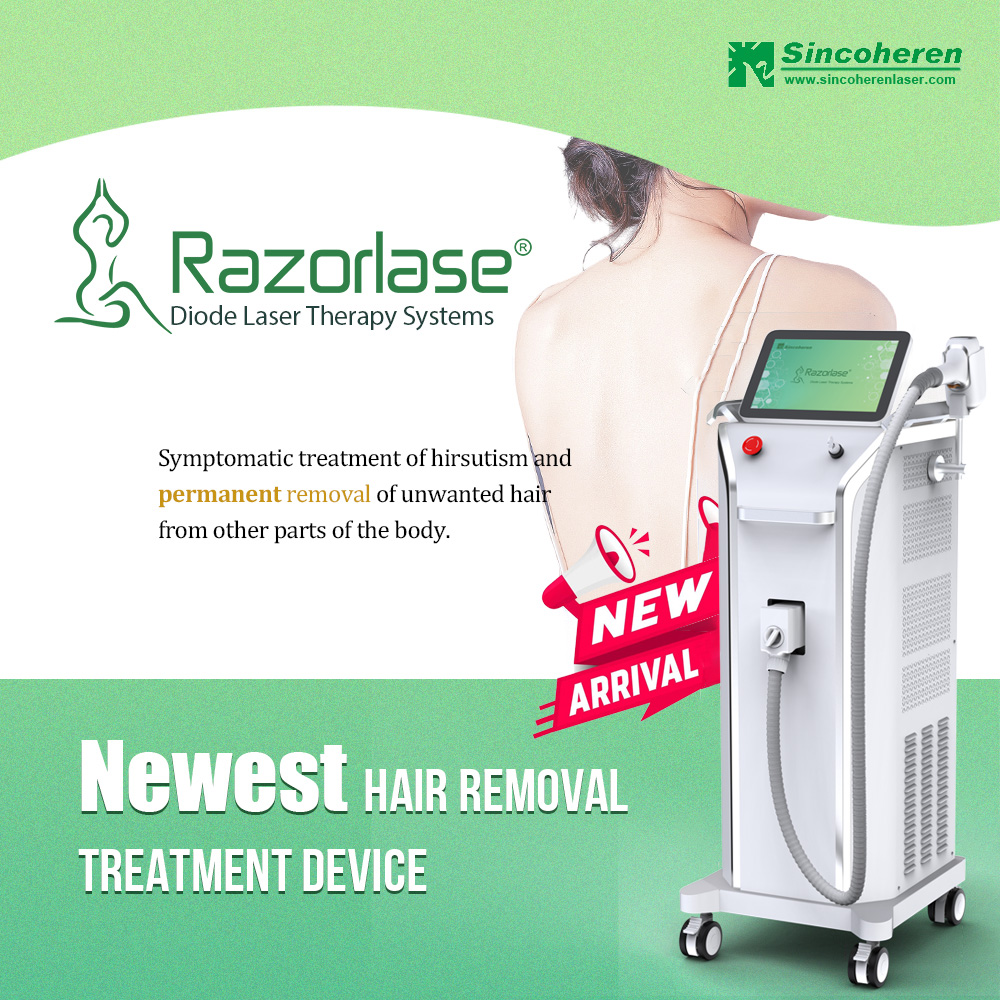Diode Laser: More Than Skin-Deep Cosmetic Benefits
Diode Laser: More Than Skin-Deep Cosmetic Benefits
Did you know - diode lasers are everywhere
Diode lasers are a special type of semiconductor chip that converts electrical energy directly into laser light. They are by far the most common type of laser today because they also provide lower cost of ownership, a wider choice of output wavelength (color) and power, compact rugged packaging, and superior (semiconductor) reliability as compared to other laser types. That’s a lot of advantages whichever way you slice it.
And that’s why you can find diode lasers just about everywhere today. Low-power versions are used in all barcode scanners, consumer electronics (e.g., DVD players), automobiles (e.g., for distance sensing, smart driving, and automated parking). And high-power diode lasers are found in many industrial machines (e.g., for plastic welding and hardening of heavy engineering tools). They are also used as the critical “pumping” components in several other laser types: from the small lasers that count your blood to the world’s brightest “big science” lasers. Coherent is a recognized technology leader in high-power applications – from watts to gigawatts – and laser pumping.
In the domain of dermatology, diode lasers are widely used for hair removal, which is one of the most popular non-surgical aesthetic procedures worldwide. Like other aesthetic laser procedures, selectivity is a paramount concern – obtaining maximum results (shutting down the hair follicle) without damage or scarring of surrounding tissue, and with minimum discomfort to the patient.
Somewhere over the rainbow
The laser wavelength – the color of their output – makes diode lasers a great match to deliver this selectivity in hair removal. You want to maximize how much of the laser power is absorbed by the hair, and minimize how much is absorbed by everything else, particularly the blood and water that are found in all tissue. Now the color in hair is due to the presence of melanin, which absorbs visible and so-called near-infrared light. (Near-infrared is invisible to the human eye and is just beyond the red end of the range of colors you can see.) The blood absorbs nearly everywhere in the visible but stops abruptly in the red. So there is a nice window of selectivity in the near-infrared just beyond red. And that turns out to be a bullseye for diode lasers where they are most efficient, reliable, easiest to make, and also long-lived.
But it gets even better…… Of course there are lots of different natural hair colors and laser hair removal experts have found that if you make a laser hair removal system with several different near-infrared colors, it can safely and painlessly treat follicles no matter what the hair color. Coherent has a unique line of “rainbow-type” products where three or even four wavelengths are power-balanced for just this purpose.

Smoothing things over
Skin tightening is another popular aesthetic procedure that is often performed as a standalone treatment for wrinkle removal or else to tighten loose skin after a liposuction procedure. Now this time, we want the laser light to go below the skin and heat up the tissue underneath called collagen. This is done by a clever method called fractional resurfacing. Tiny microscopic holes are opened in the top layer of the skin using a carbon dioxide laser. Then the skin is irradiated with light from diode lasers at a wavelength around 1550 nm (which is also useful coincidentally in fiber optic communication!) This light passes relatively benignly through the tiny holes and then gets absorbed nicely in the collagen just underneath. This causes heating and tightening of the collagen, and voila, the collagen pulls the skin tighter and smoother.
That’s how it works folks. But don’t think we’re pushing you to go out and get one of these procedures. We think you look great just as you are.
As the dermatology market continues to grow, Coherent diode laser components will continue to offer a reliable solution and a full range of laser options. Want to see how we make our diode components?




































